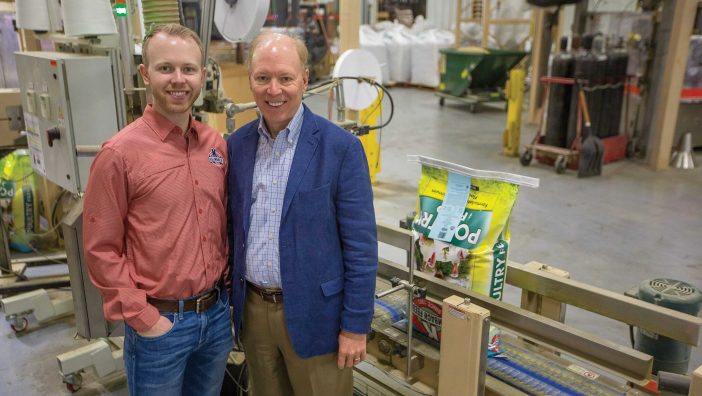Farmer’s Guide to Trucking Regulations available to Ohio Farm Bureau members
The guide includes a farm driver checklist, overview of state and federal regulations and exemptions, CDL qualifications and more.
Read More
“When it comes to helping our customers, we are only limited by our own imagination.”
That is the philosophy that Paul Kalmbach, president of Kalmbach Feeds, ingrains in each and every member of his team.
 That imagination, whether it be used for finding solutions for customers or finding new ways to help the business grow and thrive, has benefited the Upper Sandusky animal nutrition company over the years. The Kalmbachs are long-time Farm Bureau members and the company is a group member of Ohio Farm Bureau.
That imagination, whether it be used for finding solutions for customers or finding new ways to help the business grow and thrive, has benefited the Upper Sandusky animal nutrition company over the years. The Kalmbachs are long-time Farm Bureau members and the company is a group member of Ohio Farm Bureau.
Since its inception as a feed mill in 1963, Kalmbach Feeds has grown into a multimillion-dollar business serving customers across the Midwest. Kalmbach Feeds’ trucks are a familiar sight as they traverse up and down the highways in rural Ohio, delivering bulk feed to livestock farms in the region. Kalmbach Feeds’ pet and livestock food is also sold at retail outlets throughout the state.
The apple doesn’t fall far from the tree for Kalmbach whose father, Milton, had the same ingenuity and entrepreneurial spirit when he started the company over a half century ago.
“My parents never fought (but) when my dad told my mom what he had in mind about starting a feed business, they had a fight,” Kalmbach recalled. “I remember my dad retreating to the basement and I followed shortly behind and offered him some of the money I had earned as a kid, which totaled about $106. He looked at me and said, ‘Son, I need all of your money.’”

It quickly became a sink or swim situation for the elder Kalmbach as he was relieved of his duties by his current employer after they read in the paper that he had taken out a Small Business Administration loan. Shortly after that, Kalmbach was notified that the government had run out of money and his loan could no longer be funded. It took some convincing, but after a visit with the president of the local bank, Kalmbach was loaned $20,000 to start what is now a thriving feed business in northwest Ohio.
There are many aspects of the company that Milton Kalmbach wouldn’t recognize today. From the state-of-the-art packaging facility to the 18-story tall feed plant to the line of companion animal feed that Kalmbach now offers, there have been many upgrades to the company’s original business model. Thinking about the future, and Kalmbach Feeds’ role in it, is what keeps Paul going.
Kalmbach sells various kinds of feed for various types of animals — from dairy cows, horses and pigs and chickens to deer, exotic animals, rabbits, goats and sheep and even wild birds. As their customer base expanded, the products the company made available did as well.
“As we evolved from a direct-to-producer business to working with dealers, we noticed that our national competitors had a complete offering to service the commercial producer while also displaying products that serviced the companion animal,” said Jeff Neal, the company’s vice president of sales and marketing. “We knew that, if we wanted to continue to grow and service our customers, we had to be able to diversify and supply the products that they needed.”

That adjustment of Kalmbach Feeds’ business model, from a bulk livestock feed provider to also selling feed and companion animal food in a bag, has led to some fundamental changes — in addition to the added scrutiny of consumers expecting the highest quality with every scoop of kibble that goes into the bowl.
“The rigor that you have to have in place for the level of quality control to satisfy the consumer is different on that level,” Neal said.
Many ingredients that pass the test for fido are also used to nourish larger animals on the farm, but how they are blended and proportioned may be a little different. In either case, the safety and nutrition facets of the industry are an ever-changing aspect that the company works to stay ahead of.
“We are always researching ways to improve our product line, whether it’s new ingredients, new sources or new ideas in nutrition,” said Andy Bishop, Kalmbach Feeds’ vice president of operations. “The Food Safety Modernization Act and the focus by the end user on the safety of our products has been a huge part of our progress over the years.”
Kalmbach Feeds has also responded to the organic market by developing certified organic products for this sector. Business adaptations like this are not small undertakings. The entire inner workings of feed processing had to be adapted, such as dedicating equipment, providing documentation and undergoing even more inspections required for the certification.
“As the end consumer continues to embrace organic options, we will do the same,” Bishop said.
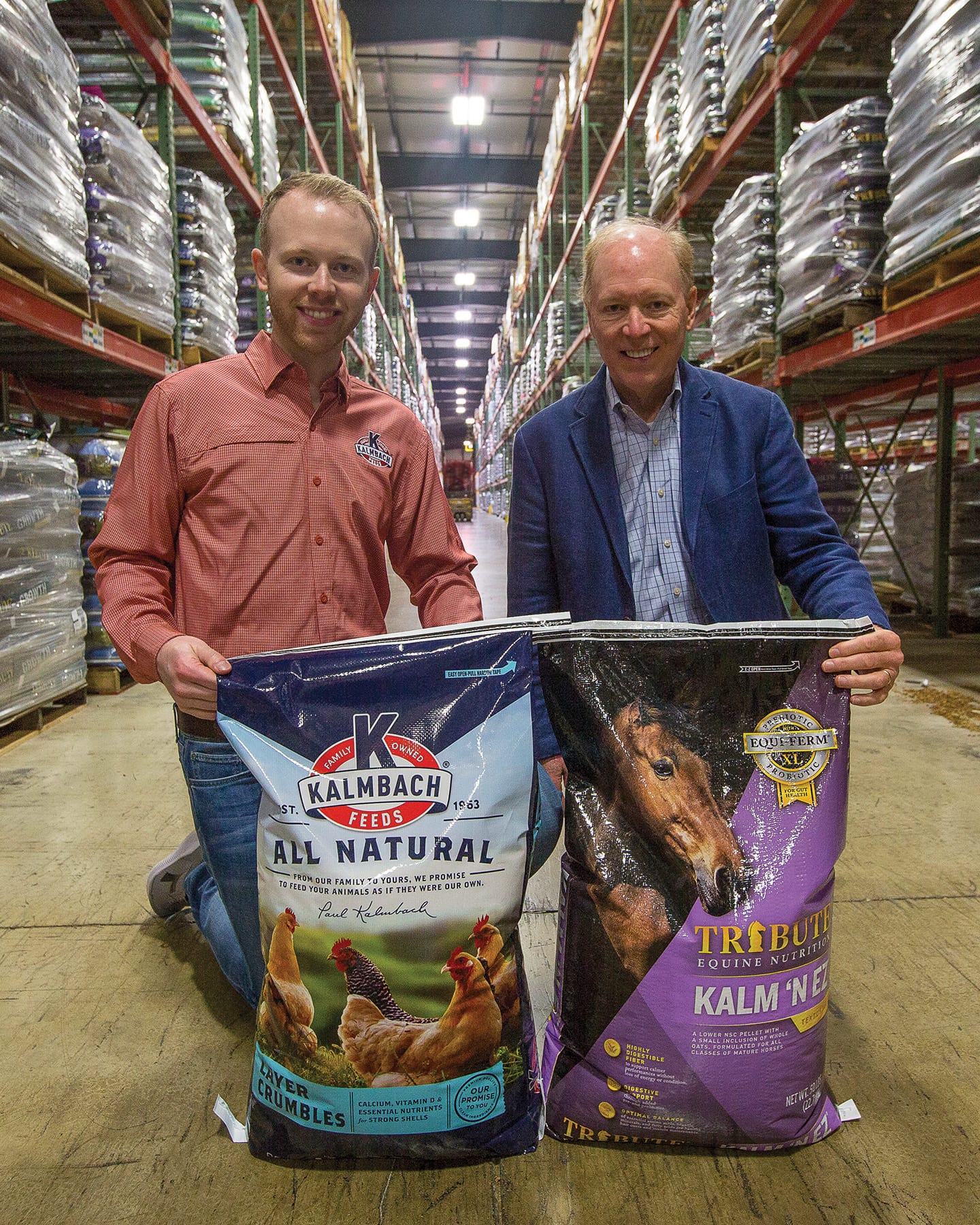
That attention to the end user means that, for as much that has changed for Kalmbach Feeds over the past 56 years, more changes are sure to come. That is where the other Paul Kalmbach comes into the fold, as the third generation begins to make its mark on the family brand.
“People often ask me what I lose sleep over and I say that when you walk into a situation like this your first thought is ‘Wow. Don’t screw this up,’” said Paul Kalmbach Jr., who is currently the company’s chief learning officer. “I don’t think you can live your life that way but it is something that I am very cognizant of. I definitely have a responsibility not only to the legacy of my grandfather and father, but also the legacy of the amazing people who have worked here to keep the forward momentum that this company has going for it.”
Along with a renewed enthusiasm and willingness to learn, the junior Kalmbach also brings with him an understanding of what is important to a younger consumer market.
“I think my generation is different. We ask different questions, we have different expectations and we grew up in a different age,” he said. “So a big part of my job will be to help our organization transition so that we can meet the needs of the modern consumer.”
That means continuous research, which is a key component to the Kalmbach Feeds business model. Much of that research is being done on Kalmbach-owned farms and in cooperation with some of their customers. The company also collaborates with universities to do research when that option is most effective.
“We believe that in the next 20 years, there will be more advancement in nutritional discoveries than in the previous 100. Therefore, we must be on the cutting edge of research,” Paul Kalmbach, Sr. said. “We have been extremely effective with our results and this has been a significant reason for our success over the years. Research will be a real driver of our growth for years to come.”
For Paul Sr., there is reason for plenty of optimism for the nation’s overall food sector.
“People are more interested in their food and the food for their animals than they have ever been and that means more opportunities for us on this side of food production to answer those questions and concerns,” he said. “This is also the chance for us to evaluate the customers’ needs, desires and aspirations and figure out how can we meet them all. That is what we have to do.”
A task that seems relatively easy, when you are only limited by your own imagination.
There are not many compressed natural gas (CNG) filling stations in Ohio, but one of them is located in Upper Sandusky. That station is part of Kalmbach Clean Fuels, LLC, and supports Kalmbach Feeds’ CNG-powered feed distribution trucks. Strategically located near the intersection of U.S. 30 and U.S. 23, the station allows other CNG fleets and individual vehicle owners to take advantage of the benefits of the clean-burning, domestically produced fuel.
Natural gas for vehicles is just like the gas that is used to provide heat to homes and businesses. Because it has a lower energy content than diesel or gasoline, it requires being compressed in order to efficiently operate vehicles.
Kalmbach Clean Fuels was the first public CNG station in rural Ohio. The fast-fill station allows two vehicles to fuel simultaneously, via fueling dispensers that function similar to standard diesel fuel pumps. The station provides 24-hour, on-demand fueling by customers using standard fueling cards or major credit cards.
What is in those Kalmbach Feeds tanks?
Anyone who drives around Ohio frequently has seen the bright red semitrailers hauling the silver tankers enblazened with the Kalmbach Feeds logo. Those trucks can be seen in every county in the state and beyond.
Each tanker can contain up to eight different types of feeds, divided by compartments, and that feed is typically delivered to farms that specialize in all types of livestock, from cattle to horses and pigs to poultry.
Customers of Kalmbach Feeds often compare Kalmbach Feeds drivers to the United States Postal Service, because come wind, rain, sleet or snow, deliveries are made in any condition all year long.
Featured Image: Paul Kalmbach Jr. and Paul Kalmbach Sr., above, have kept innovation at the forefront of their family feed business in Upper Sandusky.


The guide includes a farm driver checklist, overview of state and federal regulations and exemptions, CDL qualifications and more.
Read More


Katie Share of Columbus has been named ExploreAg and Youth Development Specialist for Ohio Farm Bureau.
Read More

Mary Klopfenstein of Delphos has been named Young Ag Professional and Ag Literacy Program Specialist for Ohio Farm Bureau.
Read More

The plan has been updated to give sole proprietors access to more rate stability and a smart solution that offers potential savings on health care.
Read More

The American Farm Bureau Federation, in partnership with Farm Credit, is seeking entrepreneurs to apply online by June 15 for the 2025 Farm Bureau Ag Innovation Challenge.
Read More

Adele Flynn of Wellington has been elected treasurer of the Ohio Farm Bureau Federation and now holds the third highest elected office in Ohio’s largest and most influential farm organization.
Read More

Producers are urged to work with their veterinarian to practice enhanced biosecurity measures and review and limit cattle movements within production systems.
Read More

The changing seasons bring with them the need to thoroughly inspect pole barns for any damages that may have occurred during the winter months.
Read More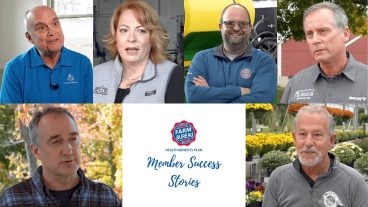
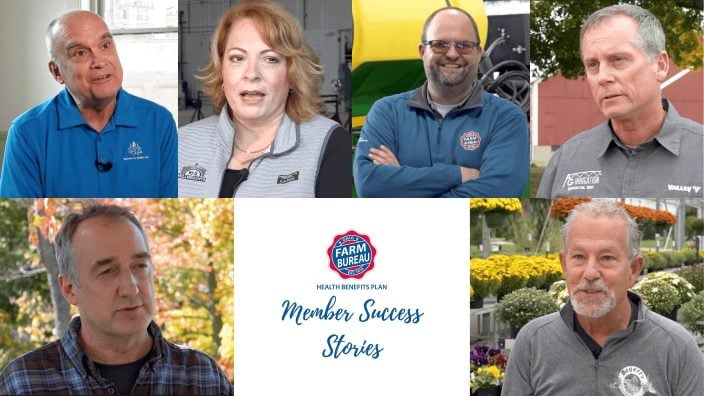
Hundreds of Ohio businesses and sole proprietors are raving about Ohio Farm Bureau’s Health Benefits plan with lower, predictable costs and easy enrollment and administration options.
Read More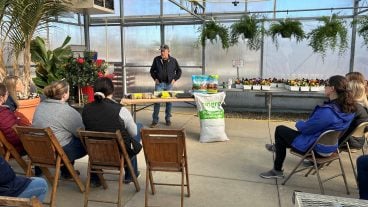
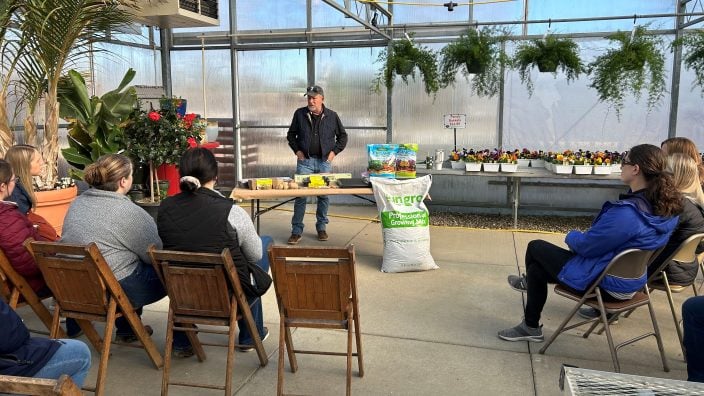
AgriPOWER Class XIV spent a few days in March in Medina and Wayne counties learning more about northern Ohio agriculture from leaders in Ohio Farm Bureau.
Read More